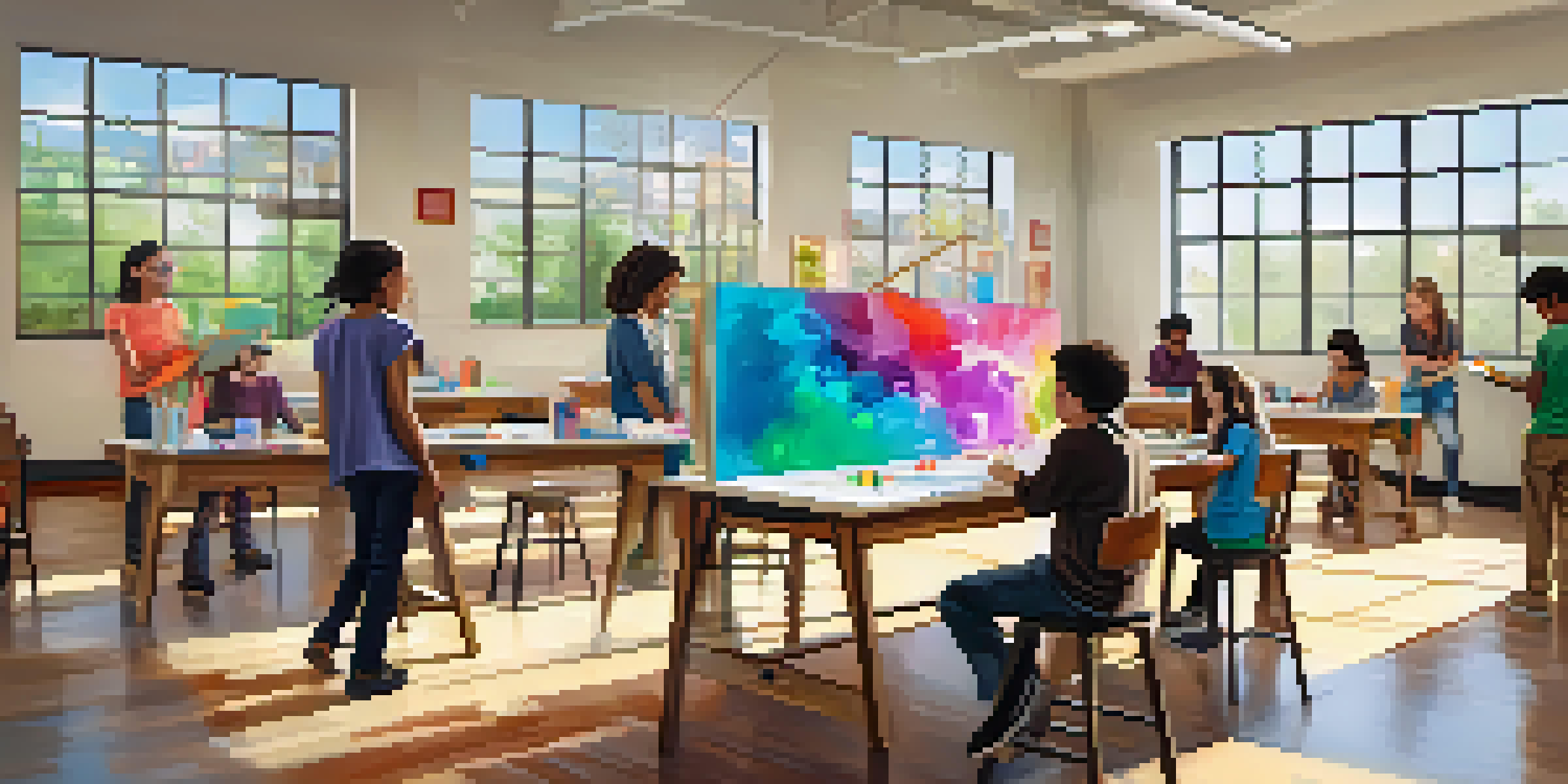Interdisciplinary Learning: Connecting Theory and Practice

What is Interdisciplinary Learning?
Interdisciplinary learning involves integrating knowledge and skills from multiple disciplines to enhance understanding. It breaks down traditional barriers between subjects, allowing students to see connections between different fields. For example, a project combining science and art can help students grasp complex scientific concepts through artistic expression.
The Importance of Connecting Theory and Practice
Connecting theory to practice is crucial for effective learning. It allows students to apply abstract concepts to real-world situations, making learning more relevant and impactful. Consider how a business student might benefit from working on a real startup project, rather than just studying theory in a classroom.
Interdisciplinary Learning Defined
Interdisciplinary learning integrates knowledge from various fields, enhancing students' understanding and revealing connections between subjects.
Benefits of Interdisciplinary Learning
Interdisciplinary learning fosters critical thinking, creativity, and collaboration. By engaging with multiple disciplines, students develop a broader perspective and problem-solving skills. For instance, a student studying environmental science might collaborate with artists and sociologists to propose sustainable community solutions.
Examples of Interdisciplinary Approaches in Education
Many educational institutions are adopting interdisciplinary approaches in their curricula. Programs like STEAM (Science, Technology, Engineering, Arts, and Mathematics) exemplify this trend, promoting creativity alongside technical skills. A hands-on project in a STEAM class might involve designing a functional prototype while considering user experience and aesthetic appeal.
Connecting Theory to Practice
Bridging theoretical concepts with real-world applications makes learning more relevant and impactful for students.
Challenges in Implementing Interdisciplinary Learning
While the benefits are clear, there are challenges in implementing interdisciplinary learning. Educators may struggle with curriculum alignment and assessment methods that adequately capture student learning across disciplines. Additionally, some students may find it difficult to adapt to a less structured learning environment.
Role of Educators in Interdisciplinary Learning
Educators play a pivotal role in facilitating interdisciplinary learning. They must encourage collaboration, guide students in connecting theories to practical applications, and create an inclusive environment for exploration. A good example is a teacher who integrates literature and history, prompting students to analyze how narrative shapes cultural understanding.
Future of Interdisciplinary Education
As global challenges grow more complex, interdisciplinary learning will become essential in preparing students for diverse future careers.
Real-World Applications of Interdisciplinary Learning
Real-world applications of interdisciplinary learning can be seen in various industries. For example, the field of healthcare increasingly relies on collaboration between medical professionals, technologists, and social workers to provide holistic patient care. By understanding diverse perspectives, practitioners can address complex health issues more effectively.
The Future of Interdisciplinary Learning
As the world becomes more interconnected, the need for interdisciplinary learning will only grow. Educational institutions are increasingly recognizing the importance of preparing students for complex, real-world challenges. Looking forward, we can expect more innovative programs that blur the lines between traditional subjects, equipping learners with the skills they need to thrive.